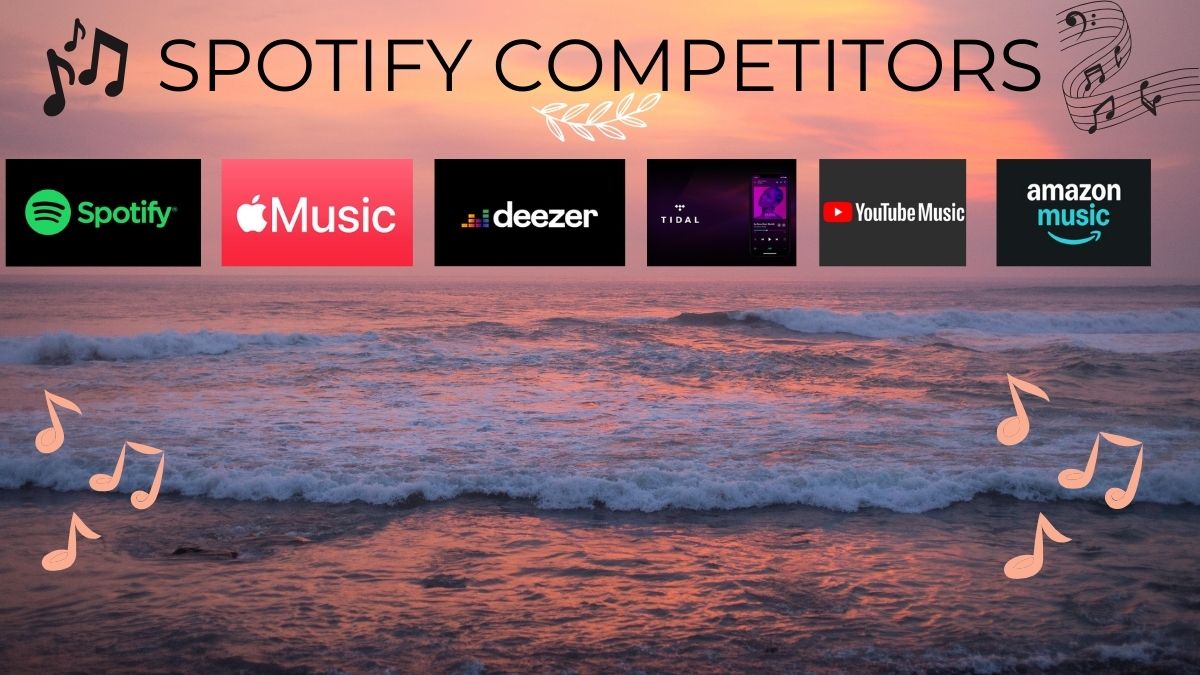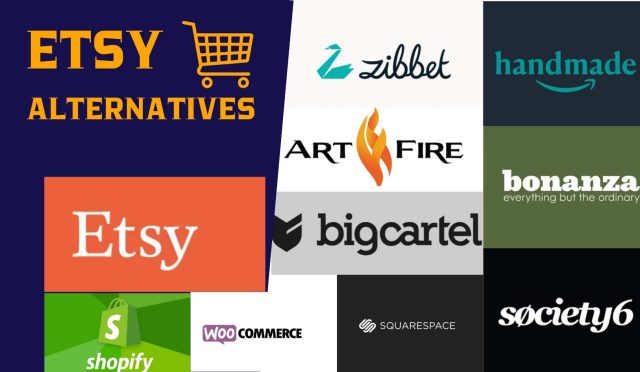Introduction
This analysis of Spotify alternatives explores the dynamic landscape of the music streaming industry, where Spotify Technology S.A. (SPOT) has established itself as a dominant force. Spotify’s competitors include a mix of established players like Apple Music and Amazon Music, as well as newer entrants and niche services catering to specific audiences or offering unique features. Understanding the strengths and weaknesses of these Spotify alternatives is crucial for music lovers seeking the best streaming experience and for investors evaluating the competitive dynamics of this evolving market.
Spotify and The Music Streaming Revolution
Spotify revolutionized how people listen to music by offering a vast library of songs, personalized playlists, and on-demand streaming access at an affordable price. The company’s freemium model, which combines a free ad-supported tier with premium subscription options, has attracted millions of users worldwide. However, the music streaming market is fiercely competitive, with major technology companies and specialized music platforms vying for listeners’ attention and subscription dollars.
Key Spotify Competitors
This analysis delves deeper into some of the most prominent Spotify alternatives:
Company Overview
| Feature | Spotify | Apple Music | Amazon Music | YouTube Music | Deezer | Tidal |
| Founded | 2006 | 2015 | 2007 | 2015 | 2007 | 2014 |
| Founder(s) | Daniel Ek & Martin Lorentzon | (part of Apple) | (part of Amazon) | (part of YouTube/Google) | Daniel Marhely & Jonathan Benassaya | (acquired by Block, Inc.) |
| CEO | Daniel Ek | (part of Apple) | (part of Amazon) | (part of YouTube/Google) | Jeronimo Folgueira | (part of Block, Inc.) |
| Mission | To unlock the potential of human creativity by giving a million creative artists the opportunity to live off their art and billions of fans the chance to enjoy and be inspired by these creators. | (part of Apple) | (part of Amazon) | (part of YouTube/Google) | To be the most personal and innovative music streaming service. | To create a sustainable, artist-first music streaming experience. |
| Employees | ~10,000 | (part of Apple) | (part of Amazon) | (part of YouTube/Google) | ~1,000 | ~300 |
| Headquarters | Stockholm, Sweden | Cupertino, California, USA | Seattle, Washington, USA | San Bruno, California, USA | Paris, France | New York City, New York, USA |
Market Share (Approximate) of the Spotify Alternatives
- Spotify: ~36% (largest music streaming platform globally)
- Apple Music: ~19% (strong presence in the Apple ecosystem)
- Amazon Music: ~15% (growing rapidly, especially among Amazon Prime members)
- YouTube Music: ~10% (leveraging YouTube’s vast user base)
- Deezer: ~2% (strong presence in some European and international markets)
- Tidal: ~1% (niche focus on high-fidelity audio)
Product/Service Range of the Spotify Alternatives
- Spotify: Music streaming (free and paid tiers), podcasts, curated playlists, personalized recommendations, social features.
- Apple Music: Music streaming, lossless and spatial audio, radio stations, integration with Apple devices and services.
- Amazon Music: Music streaming (Prime Music, Unlimited, HD), podcasts, integration with Alexa and Amazon devices.
- YouTube Music: Music streaming, music videos, live performances, integration with YouTube.
- Deezer: Music streaming, high-fidelity audio, personalized radio, lyrics.
- Tidal: High-fidelity music streaming, lossless audio, curated playlists, exclusive content.
Strengths and Weaknesses of the Spotify Alternatives
Spotify
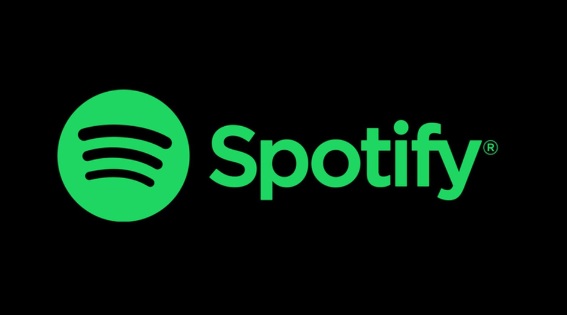
- Strengths: Large music catalog, personalized recommendations, user-friendly interface, strong social features.
- Weaknesses: Limited free tier, criticism over artist compensation, and increasing competition.
Apple Music

- Strengths: Lossless and spatial audio, integration with Apple devices, curated playlists.
- Weaknesses: Less diverse music catalog compared to Spotify, and higher cost for non-Apple users.
Amazon Music
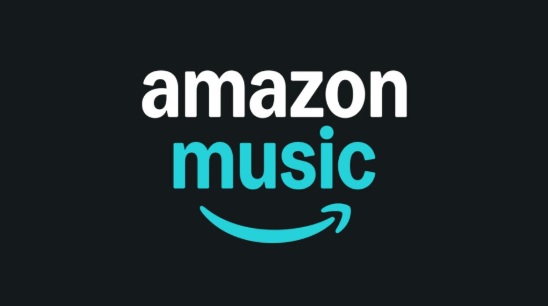
- Strengths: Affordable pricing, especially for Amazon Prime members, and a large music catalog.
- Weaknesses: User interface can be less intuitive, and limited social features.
YouTube Music
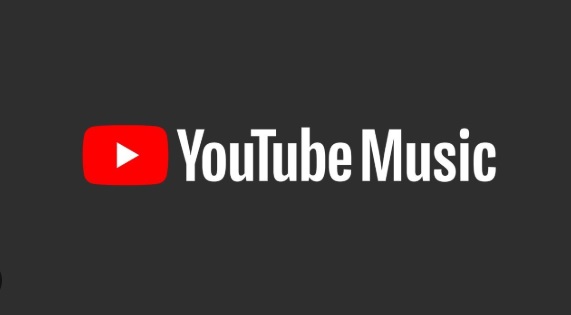
- Strengths: Integration with YouTube, access to music videos and live performances, and a vast music library.
- Weaknesses: Limited free tier, and user experience can be less focused on music discovery.
Deezer
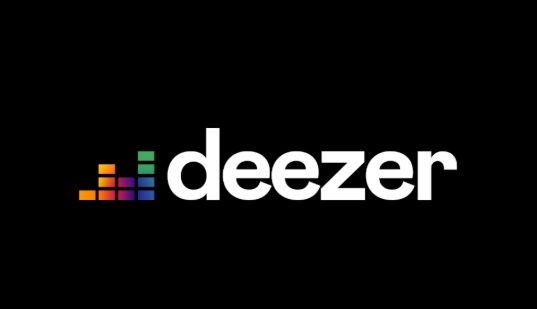
- Strengths: High-fidelity audio, personalized radio, and a strong presence in certain international markets.
- Weaknesses: Smaller music catalog compared to major players, and limited brand recognition in some regions.
Tidal
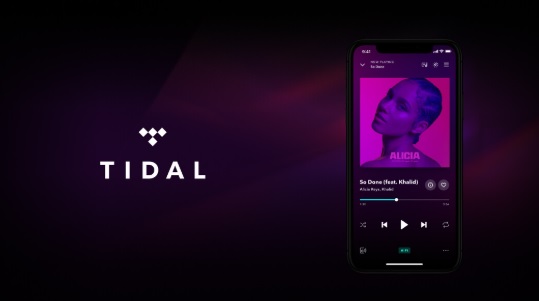
- Strengths: High-fidelity audio quality, exclusive content, and a focus on artist compensation.
- Weaknesses: Smaller music catalog, higher price point, and niche appeal.
Investments and Future Plans of the Spotify Alternatives
- Spotify: Investing in podcasts and audiobooks, expanding personalized recommendations, and exploring new features like interactive experiences.
- Apple Music: Expanding spatial audio offerings, integrating more closely with Apple devices and services, and investing in exclusive content.
- Amazon Music: Growing its podcast library, enhancing integration with Alexa, and expanding its music catalog.
- YouTube Music: Improving music discovery features, integrating more closely with YouTube, and expanding original content offerings.
- Deezer: Enhancing high-fidelity audio offerings, expanding personalized radio features, and growing its international presence.
- Tidal: Investing in exclusive content and artist partnerships, and expanding its high-fidelity audio library.
Head-to-Head Comparison between the Spotify Alternatives
- Spotify vs. Apple Music: Spotify has a larger music catalog and stronger social features, while Apple Music offers lossless audio and better integration with Apple devices.
- Spotify vs. Amazon Music: Spotify has a more user-friendly interface and personalized recommendations, while Amazon Music is more affordable, especially for Amazon Prime members.
- Spotify vs. YouTube Music: Spotify is more focused on music discovery and curated playlists, while YouTube Music offers a wider range of content, including music videos and live performances.
Consumer Experiences and Preferences of the Spotify Alternatives
- Music Discovery: Spotify is known for its personalized recommendations and curated playlists, while other platforms like YouTube Music and Deezer offer different discovery features.
- Audio Quality: Audiophiles may prefer Tidal or Apple Music for their lossless audio options, while casual listeners may be satisfied with Spotify’s standard audio quality.
- Free Tier: Spotify and YouTube Music offer limited free tiers with ads, while Amazon Prime Music provides a limited catalog for Prime members.
- Social Features: Spotify has strong social features, allowing users to connect with friends and share music, while other platforms have more limited social integration.
- User Interface: User experience and interface design can influence platform preference. Spotify and Apple Music are generally considered user-friendly, while Amazon Music’s interface can be less intuitive.
Customer Satisfaction of the Spotify Alternatives
- Spotify: Generally receives positive customer satisfaction ratings for its music catalog, personalized recommendations, and user-friendly interface.
- Apple Music: Highly regarded for its lossless audio quality and integration with Apple devices, but customer satisfaction can vary depending on individual preferences.
- Amazon Music: Receives positive feedback for its affordability and vast music catalog, but some users find the interface less intuitive.
- YouTube Music: Satisfaction can vary depending on the user’s needs and preferences, with some appreciating its integration with YouTube while others find it less focused on music discovery.
- Deezer: Generally receives positive feedback for its high-fidelity audio and personalized radio features.
- Tidal: Highly regarded by audiophiles for its lossless audio quality and exclusive content, but its higher price point can be a barrier for some users.
Conclusion
Spotify is the leading music streaming platform globally, but it faces competition from a variety of Spotify alternatives with different strengths and weaknesses. The music streaming market is dynamic and evolving, with new technologies and changing consumer preferences shaping its future. When choosing a music streaming service, consumers should consider their individual needs and priorities, such as music catalog, audio quality, price, features, and user experience. By understanding the competitive landscape and the offerings of each platform, music lovers can make informed decisions to enjoy the best possible listening experience.
FAQ: Spotify Alternatives
What are the best Spotify alternatives?
Some of the best Spotify alternatives include:
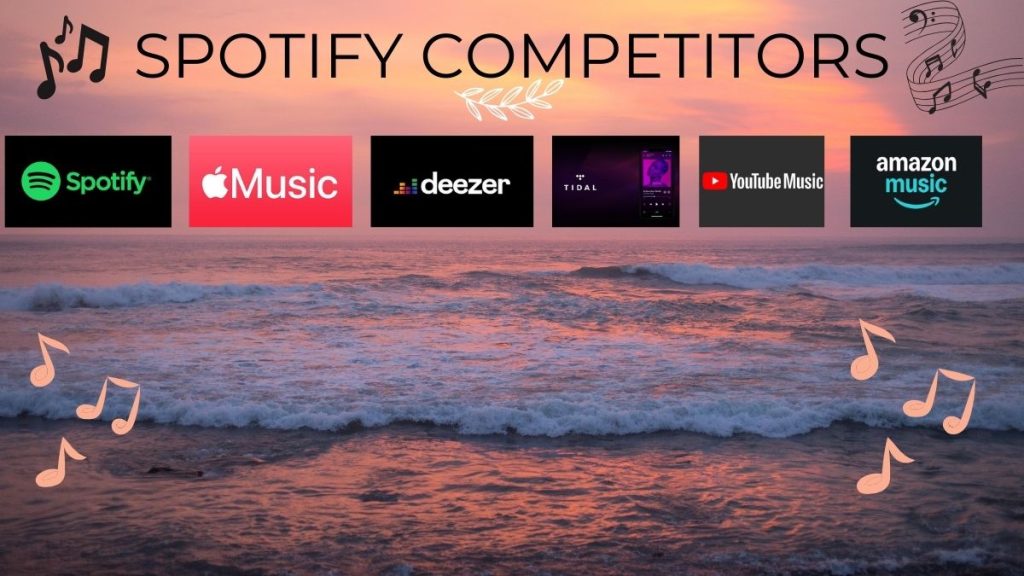
- Apple Music: Offers a vast library, lossless audio, and integration with Apple devices.
- Amazon Music: Affordable pricing, especially for Prime members, with a large music catalog.
- YouTube Music: Access to music videos, live performances, and a vast library leveraging YouTube’s ecosystem.
- Deezer: Known for high-fidelity audio and personalized radio features.
- Tidal: Focuses on high-fidelity audio quality and exclusive content.
Are there free alternatives to Spotify?
Yes, several Spotify alternatives offer free tiers, including:
- YouTube Music: Provides a free ad-supported version with access to music videos.
- Deezer: Offers a limited free tier with ads and access to a smaller catalog.
- Amazon Music: Prime members have access to a limited version of the service.
How do Spotify alternatives compare in terms of audio quality?
- Tidal and Apple Music are known for their lossless audio options, making them ideal for audiophiles.
- Deezer also offers high-fidelity audio through its HiFi plan.
- Spotify provides standard audio quality, which is generally sufficient for casual listeners.
Can I find exclusive content on Spotify alternatives?
Yes, many Spotify alternatives offer exclusive content:
- Apple Music often features exclusive albums and artist partnerships.
- Tidal is known for exclusive releases and artist-centric content.
- Amazon Music provides exclusive live performances and original content.
Which alternative has the best music discovery features?
- Spotify is renowned for its personalized recommendations and curated playlists.
- YouTube Music offers unique music discovery through its integration with video content.
- Deezer provides personalized radio stations based on user preferences.
How do subscription prices compare among Spotify alternatives?
- Spotify: Offers a free tier, with premium plans starting at a competitive price.
- Apple Music: Typically priced similarly to Spotify, with family plans available.
- Amazon Music: Offers various plans, including a discounted option for Prime members.
- Tidal: Generally has a higher price point due to its focus on high-fidelity audio.
Are there any Spotify alternatives focused on niche markets?
Yes, some Spotify alternatives cater to niche markets:
- Tidal: Appeals to audiophiles with its high-fidelity audio streaming.
- Deezer: Has a strong presence in certain international markets and offers unique features like lyrics.
How do social features compare across Spotify alternatives?
- Spotify: Known for its robust social features, allowing users to share playlists and connect with friends.
- YouTube Music: Offers social sharing options but is less focused on social interaction compared to Spotify.
- Apple Music: Has some social features but is more centered on content consumption.
Can I use Spotify alternatives on multiple devices?
Yes, most Spotify alternatives are available on various devices, including smartphones, tablets, and desktops. Many also support smart speakers and streaming devices.
How do I choose the best Spotify alternative for me?
When choosing a Spotify alternative, consider the following factors:
- Music catalog: Check if your favorite artists and songs are available.
- Audio quality: Determine if you need lossless audio or are satisfied with standard quality.
- Features: Look for personalized recommendations, playlists, and social features that suit your preferences.
- Pricing: Compare subscription costs and available free tiers.
- User experience: Explore the app interfaces to see which one you find most user-friendly.

